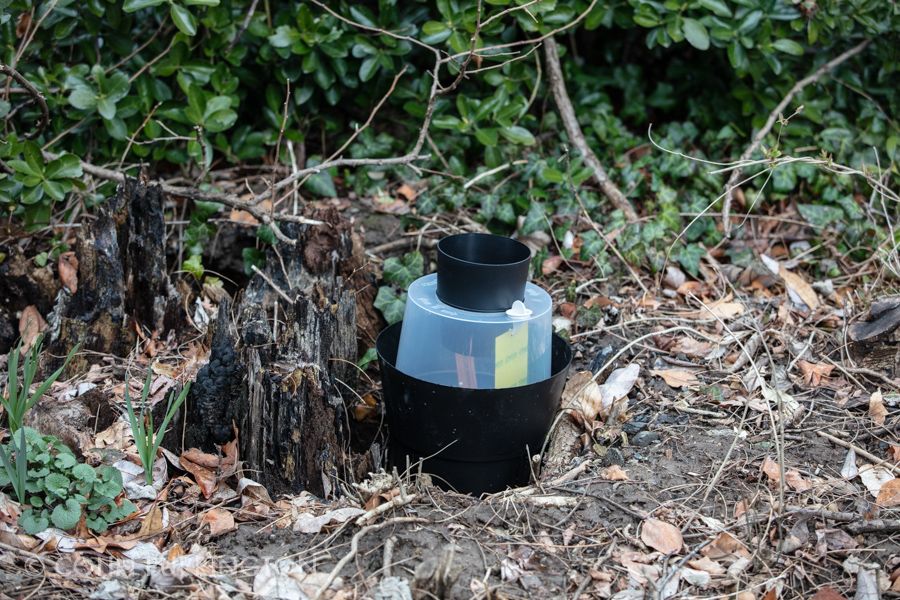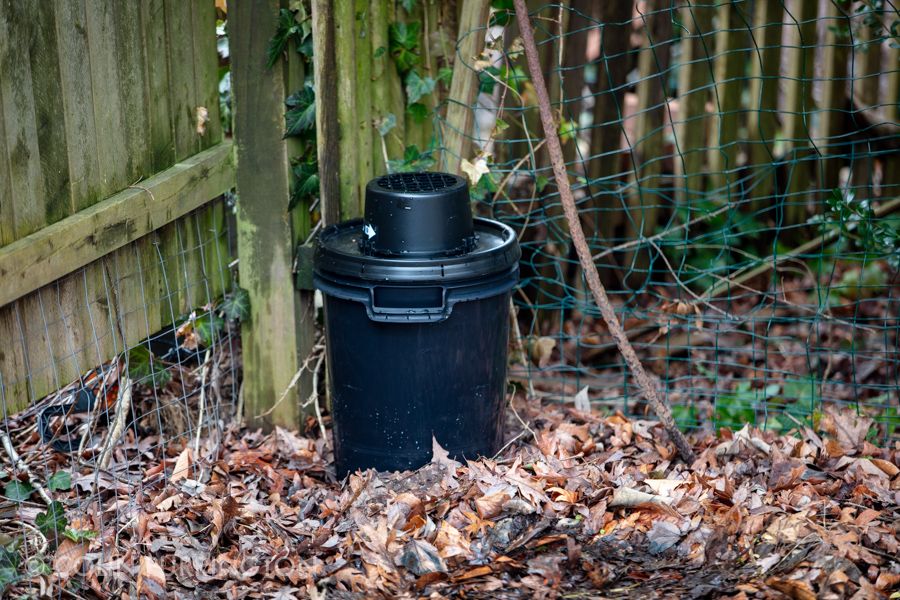In case you are looking for a way to kill mosquitoes without sprays, here are three types of traps that kill pregnant (gravid) mosquitoes that are searching for water in which to oviposit. Each is filled with water and decomposing plant matter (hay, compressed rabbit food, or leaves), then equipped with special lids (and sticky cards) that prevent females from escaping once they get inside. In addition to killing the females, any eggs that the female might lay are also prevented from developing by the presence of screens that trap the emerging mosquitoes from escaping. All of this happens passively, 24/7, all summer long, without the use of chemicals.
I have two from Biogents, two from BioCare (which look like these), and one that I made (instructions). They all work great but the DIY one seems to catch the most mosquitoes so far.



Every homeowner should have them. Coupled with other preventative measures (eliminating stagnant water, reducing excess vegetation, etc.), you can knock back mosquito levels and enjoy your yard again. Five units is probably sufficient for an average yard but I plan on making a few more this summer just to make sure.
Ideally, everyone on your block should have them, too, so if you are planning on ordering some you should first send a note to all your neighbors to see whether you can make a bulk order. E.g., if you order a lot of Biogents you can shave a few dollars off of each unit (e.g., Amazon has bulk-order option). Buying a bunch might seem like a lot of money but compare it to the cost (~$700) of having a company like Mosquito Squad spray your yard with pyrethroids every several weeks (every year). Using these passive traps also saves all the pollinators that are killed by those pesticides.

